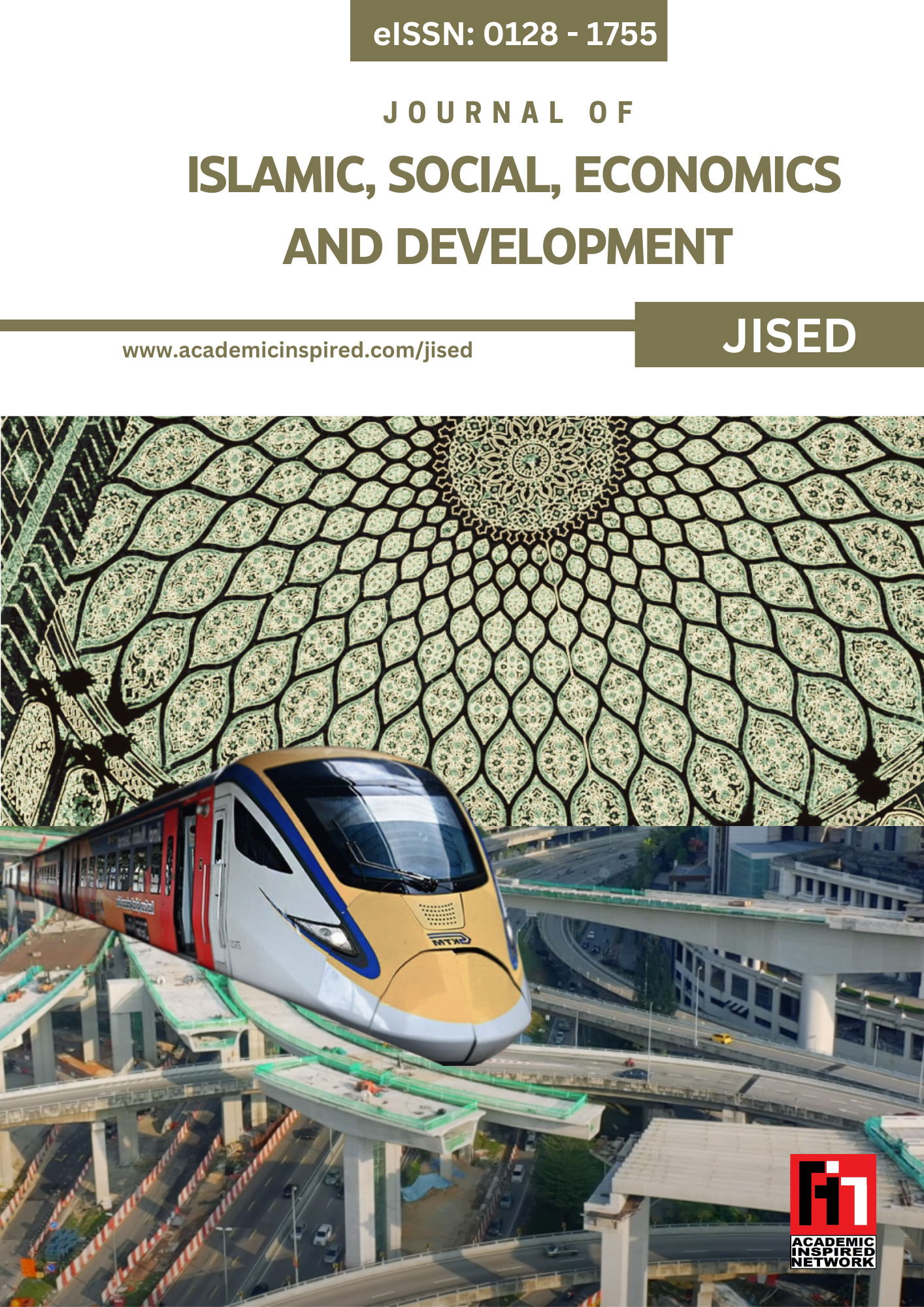Sacred geometry in the Holy Quran: An ethnomathematics study
Keywords:
Sacred Geometry, Holy Quran, EthnomathematicsAbstract
Sacred geometry is defined as certain geometric shape or geometric proportion that is associated with the belief of divine creator of the universal. The geometry used in the design and the construction of religious structures such as mosques, churches, temples, religious monuments, altars and tabernacles has sometimes been considered as sacred. This paper studied the sacred geometrical shapes described in mushaf al Quran Rassam Uthmani which can be analyzed through the lens of ethnomathematics, a field of studies that traced mathematical elements of a culture. This qualitative study used triangulation method of documentation, interview, and observation. Results showed that few shapes were found, and they are comprised of rectangle, triangle, spiral and kite shape. The designs have their own character and were arranged in tessellation and reflection. The philosophy that lies in the creation of the shapes are stability, discovery between self and revelation, eternity and upgrading the knowledge in the world and hereafter. Future research can be made on other sacred geometry shapes to explore the meaning besides the design.













